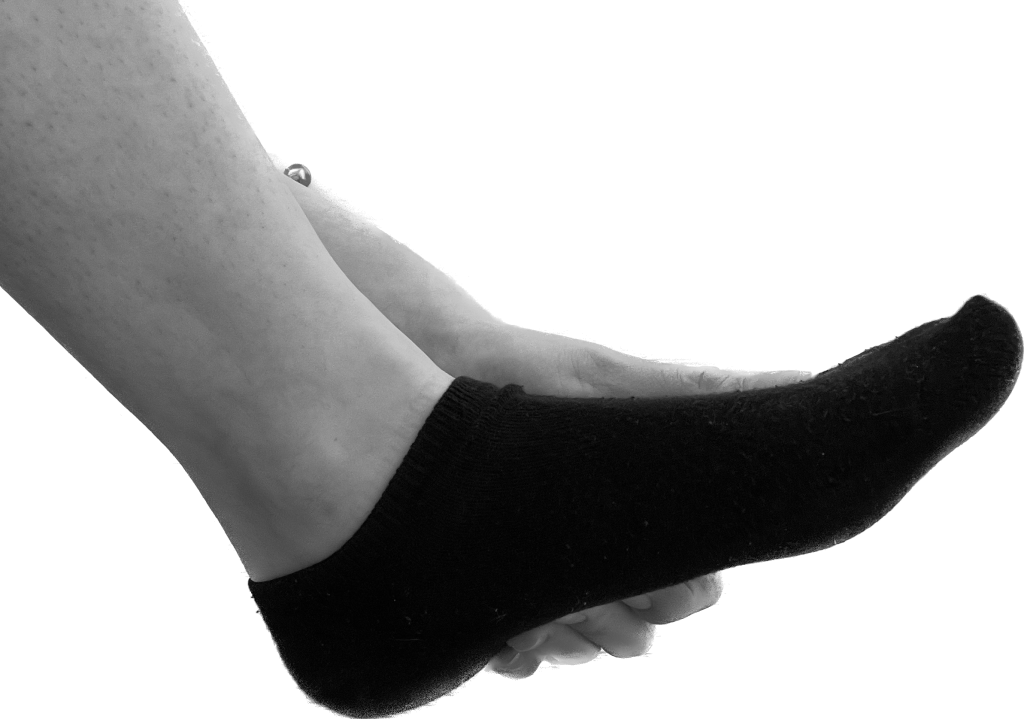Can you believe it is already March? I can’t. That means it’s time for March Madness. If you haven’t had time to keep up with the regular season, it’s always fun to get going in March, fill out a bracket with friends, and wait for the big upsets to happen. Unfortunately, many brackets and athletic careers can be derailed by injuries. With all this in mind, let’s chat about ankle injuries.
WHAT IS A SPRAINED ANKLE?
It is important to note the difference between a strain and a sprain. A strain pertains to a muscle being injured (different stages depending on the severity), and a sprain is a ligament being injured (also graded based on severity of the injury). To take a step back even further, a ligament connects bone to bone whereas muscle connects to tendon, which then connects to bone. This is relevant because an ankle sprain is when a ligament connecting bones of the lower leg become injured. This can occur through stretching or complete rupture of the ligament (increasing severity).
ANKLE SPRAIN TYPES
LATERAL ANKLE SPRAIN
Occurs when the foot twists inward and injures ligaments on the lateral side of foot/ankle (see image below). This is the most common way to injure an ankle, and it is a recurring injury for athletes in cutting sports such as basketball; Steph Curry (pictured above) and Amare Stoudemire have suffered this injury befow.
https://www.hss.edu/conditions_ankle-sprains-types-treatments.asp
ANATOMIC AND FUNCTIONAL CLASSIFICATIONS OF LATERAL ANKLE SPRAIN
1. Grade I: lateral ankle ligaments get stretched (most commonly the anterior-talofibular ligament)
- Will be able to fully place weight through foot/ankle and walk
2. Grade II: partial tearing of one or several ligaments
- Walking with a noticeable limp
3. Grade III: Unable to walk
- Complete rupture or tearing of all lateral ligaments of ankle (anterior talofibular, posterior talofibular, and calcaneofibular ligaments)
EVERSION SPRAIN
Occurs when a high load is placed through the medial side of the foot (usually in a contact sport where someone lands on the foot/ankle). The position of the foot during injury is dorsiflexion and eversion, and the deltoid ligament on the medial side of the foot gets injured. This is much more rare as the deltoid ligament is very strong in comparison to the lateral ankle ligaments.
HIGH ANKLE SPRAIN
This injury occurs between the tibia and fibula in the bones of the lower legs. There is an interosseous membrane holding the two bones together, and this gets disrupted. This also occurs in a position of dorsiflexion and eversion as in the eversion sprain, but occurs higher up the leg. This is also seen with a high external load placed on the ankle, such as somebody falling on the leg. Rob Gronkowski’s high ankle injury is pictured above.
https://chrisbutlersportspt.wordpress.com/2018/01/03/high-vs-low-ankle-sprains/
FRACTURES
When spraining an ankle, there is a risk of not only ligament damage, but also a fracture to bone. In the medical world, we use the Ottawa Ankle Rules to assess whether imaging is necessary to rule out a fracture. The test is used commonly in emergency departments after an ankle injury. If found negative, it is unlikely a fracture has occurred. This helps practitioners use imaging to the foot and ankle less often, thus reducing exposure and cost to the patient.
If you sprain your ankle, you may have difficulty placing weight through your foot at first with the initial shock. If you are unable to walk on your foot, this is a good indicator you need an assessment to rule out a fracture. For more information regarding ankle fracture types, refer to the following link discussing the Weber Classification of Ankle Fractures.

WHY IS IT A BAD IDEA TO “WALK IT OFF”?
Because an ankle injury takes time to heal. If you “walk it off,” you risk making the original injury worse and further delay reaching your performance peak.
ATHLETIC TRAINERS ROLE IN ANKLE INJURIES
In light of national athletic training month celebrated every March, I also wanted to highlight athletic trainers’ role in ankle injuries. Athletic trainers are specifically trained for onsite assessment and stabilization of an injury, providing acute management and are typically first on the scene. Athletic trainers also assist in referring athletes out to other healthcare providers, and safe return to sport. Physical therapists (PTs) frequently work alongside athletic trainers to ensure athletes return to their prior level of sport function.
REHABILITATION AND ANKLE INJURIES
Despite taping up, ASO braces, and high-top shoes, if you’ve had a previous ankle injury without doing anything about it (aka keep playing with these additions, and without seeking strengthening and balance work) the likelihood of re-injury is higher. Take Steph Curry for example. He had chronic ankle instability early on in his career, inhibiting him from reaching the next level in his game. Once a ligament is stretched, it does not go back to its original length. The ankle becomes less aware of its place when it lands, causing continued reinjury.
This is where PT comes into play. Physical therapists can assess the laxity in ligaments of your ankle after an injury as well as identify balancing abilities crucial to cutting and jumping in this joint. PTs also assess strength at the foot and ankle complex and higher up the chain in your hips, just like they did with Steph Curry. A thorough assessment can identify what is occurring at the ankle, and above it, in order to reduce the likelihood of an ankle injury happening in the first place, or the recurrence of one.
CONCLUSION
If you’ve had a previous ankle injury, regardless of interventions you may have added to your routine, your likelihood of re-injury is higher. Once a ligament is stretched, it does not go back to its original length. Physical therapists assess the laxity in ligaments of your ankle after an injury and provide you with a path to reduce the likelihood of an ankle injury happening again.
“Walking off” an injury and not seeking medical attention has the potential to make an injury worse. We want to help you recover from your ankle injury. Our Doctor of Physical Therapy has experience being an athlete, in addition to working with athletes. Don’t delay, level up your performance by reaching out today.
WHY BATEMAN THERAPY SERVICES?
At Bateman Therapy Services, we bring the clinic to you! Bateman Therapy Services provides a convenient, customized therapy regimen at your home or office. We treat all conditions that result from overuse as well as back pain, sciatica, labral tears, arthritis, and more.
Get 1 on 1 medical care completely focused on your recovery and enhancing your performance conveniently at your location. We travel to Livermore, Pleasanton, Dublin, San Ramon and more! Contact us to find out how we can bring customized relief to you.



